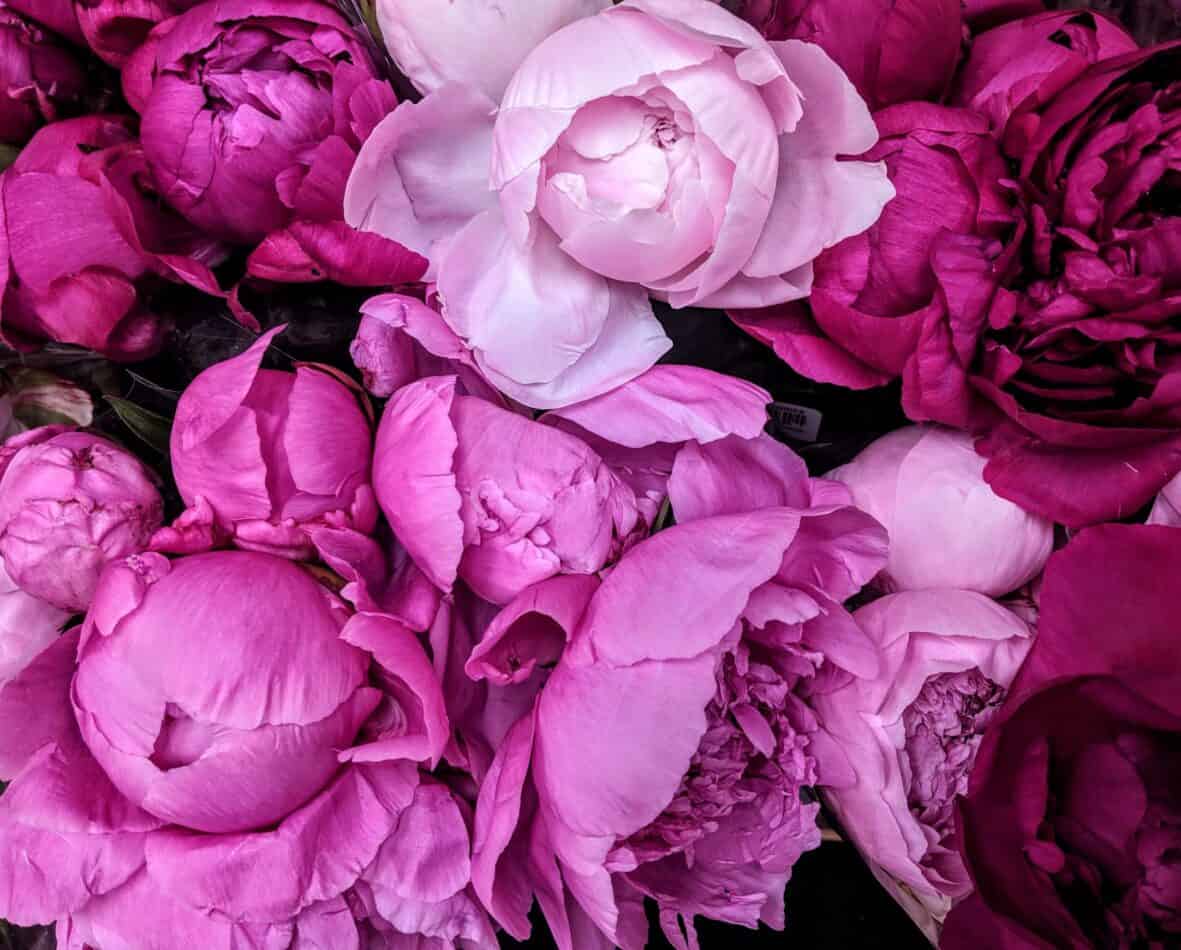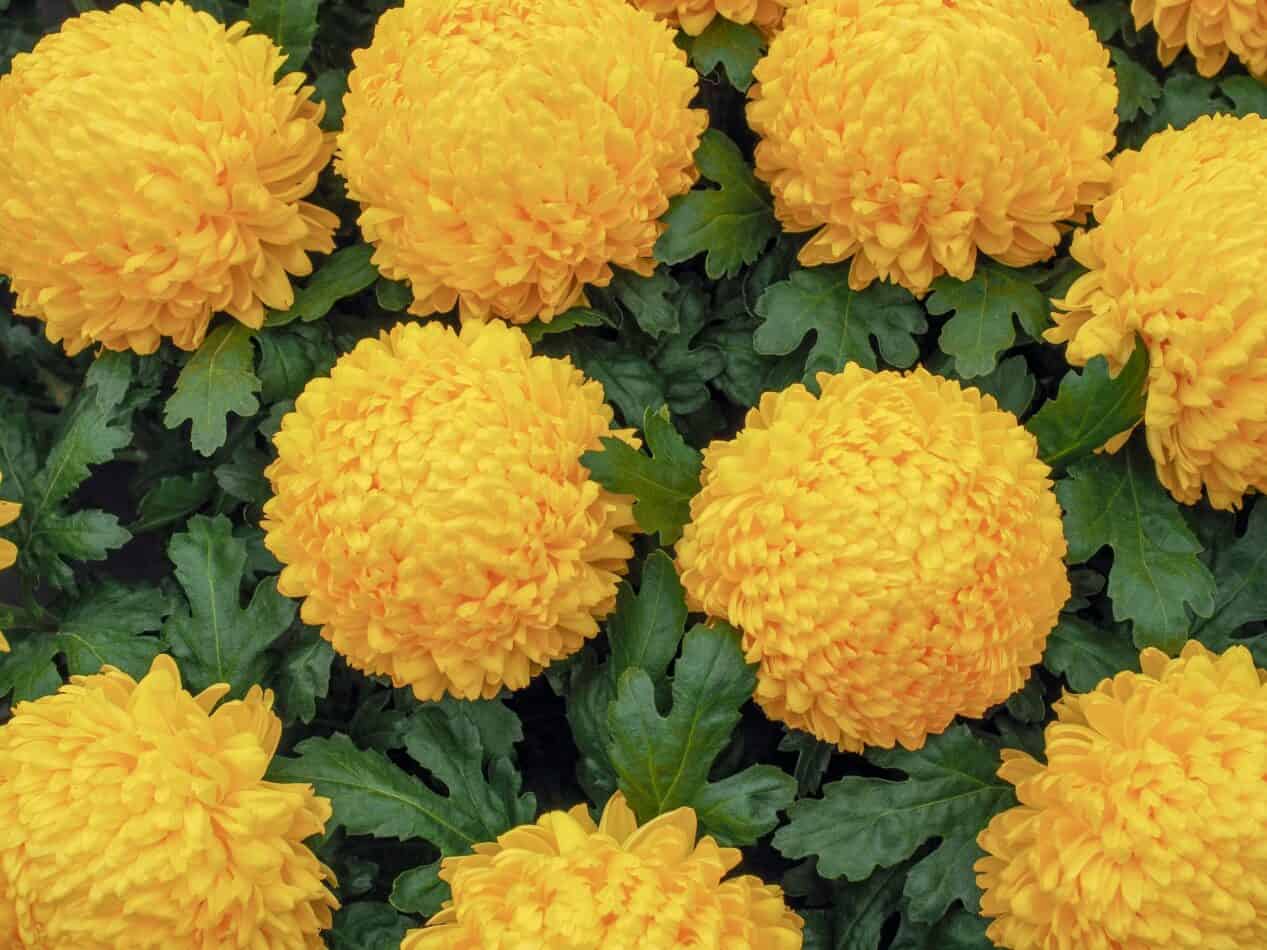Flowers are a product associated mainly with their beautiful appearance that allows decorating a room. Whether cut or potted, flowers are primarily grown for their appearance and sometimes also for their fragrance, but it turns out that some flowers are edible and can serve as decoration for a dish and as a separate dish. What health-promoting properties do edible flowers have? Which flowers can be eaten?
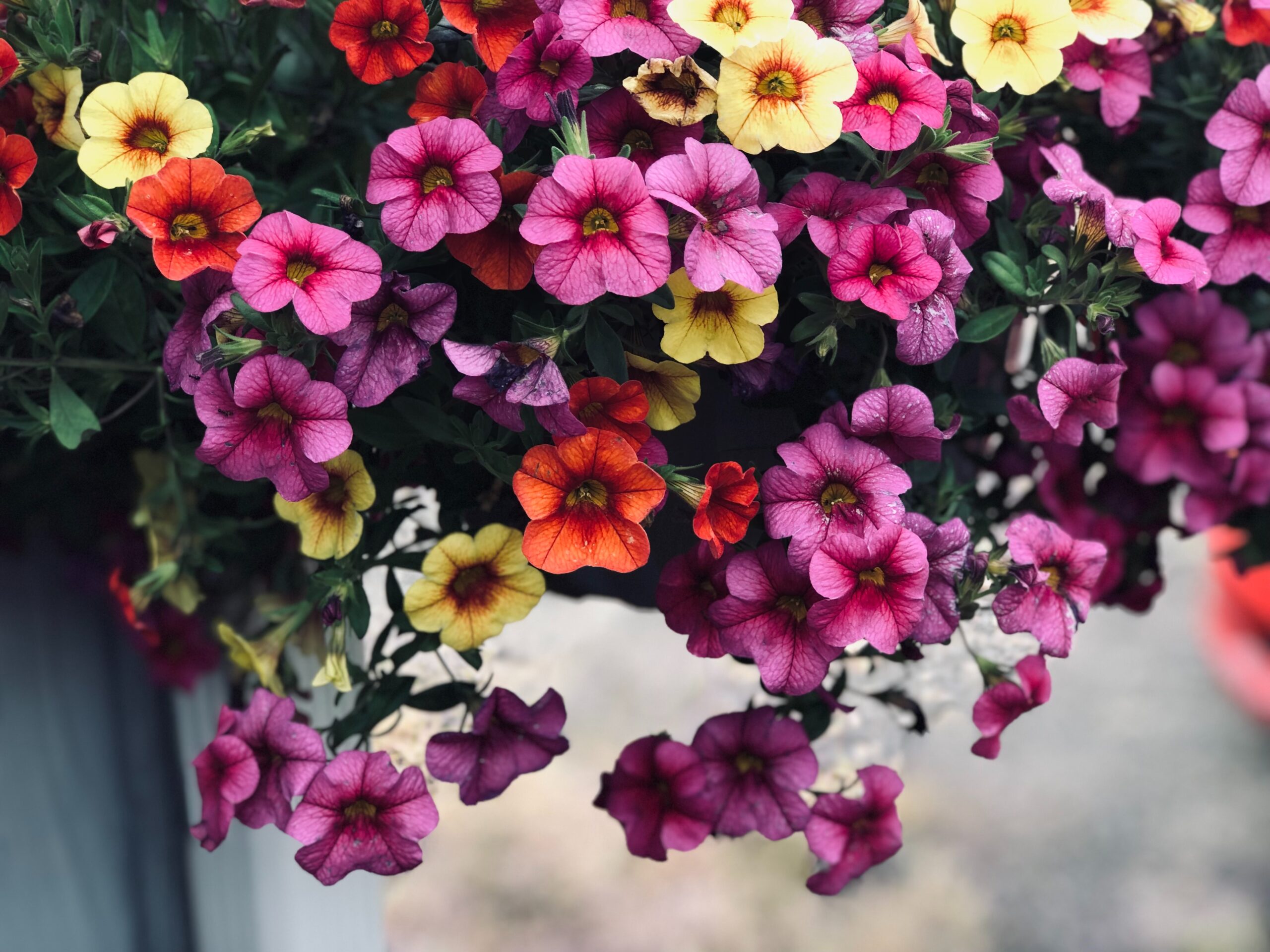
Although eating flowers has become more prevalent in our cuisine in the last several years, they have been known for thousands of years—the first references to this date back to the second century B.C., ancient Roman times. Eating flowers also has a long tradition in the culinary cultures of Asia, the Middle East, and among Native Americans. Some are used throughout this time, such as rose water for sweetening drinks or meats in the Middle East. Herbs of Provence blend has lavender flowers in its composition.
The list below includes the best and easier to find edible flowers. Give it a try, you will not be disappointed!
- Marigold, whose orange petals are added to salads, coloring soups, and sauces,
- Dandelion (commonly called dandelion), picked early, has a honey-like flavor and goes well in salads or syrups,
- Daisies look great in a salad or garnish for a dessert or cake. Young flowers can be used whole. From bigger ones, only the petals should be peeled,
- Lavender can be used as an ingredient in cookies or as a tasty infusion,
- Zucchini flowers taste great when fried in batter,
- Nasturtium has flowers with an intense flavor reminiscent of watercress and is excellent for salads,
- Edible rose petals are suitable for decoration or as an ingredient in a jam,
- Pansies have flowers with a mild flavor and are one of the prettiest salad ingredients,
- The blue flowers of borage or sweet violet are great in salads or, when candied, make original candies
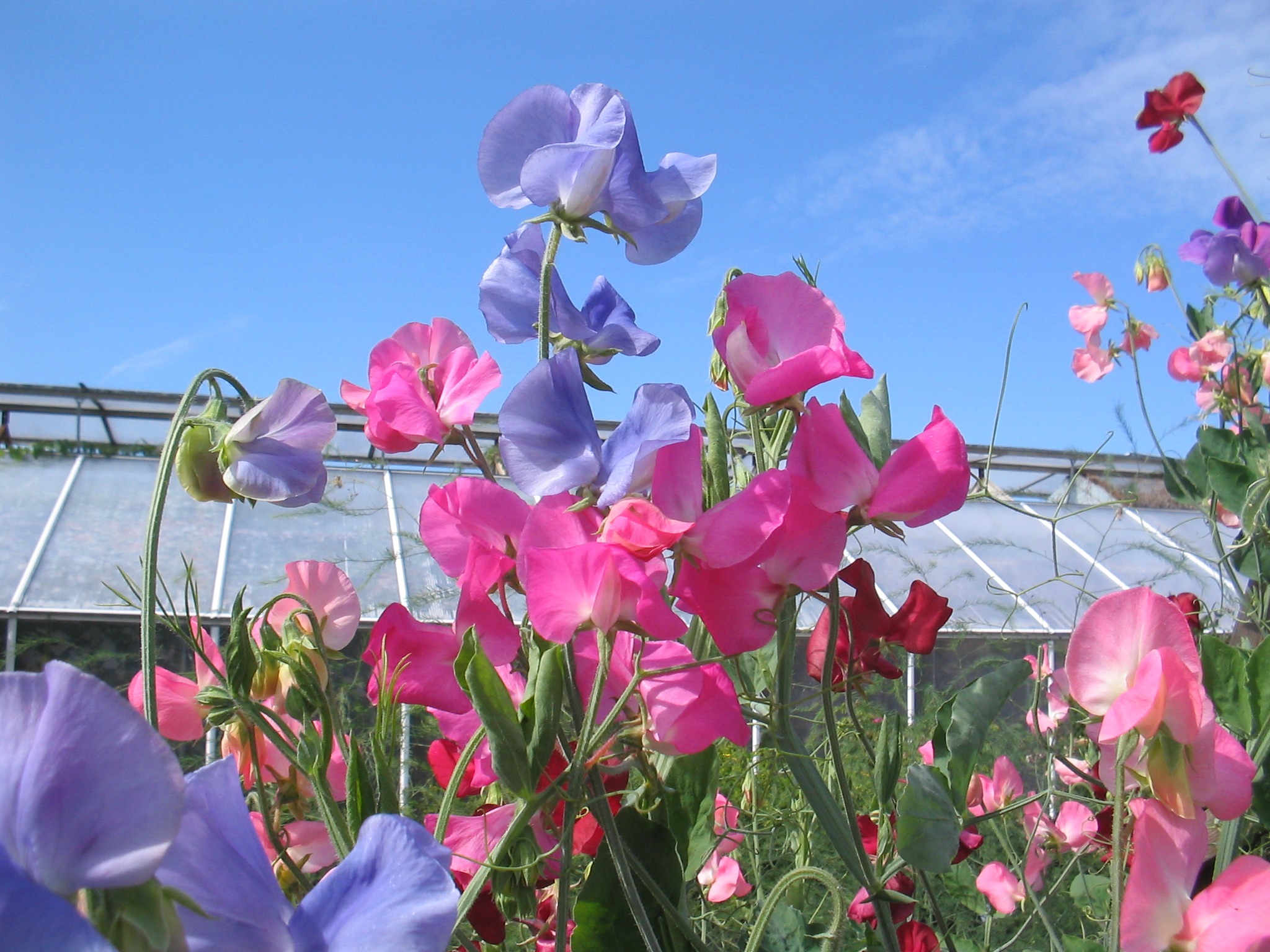
Benefits of edible flowers
- Garden or field pansy – a rich source of vitamin C, it exhibits a diaphoretic, expectorant, and weak diuretic effect.
- Calendula – has anti-inflammatory and antibacterial effects and is rich in lutein. When consumed as a tea, it reduces the risk of chronic diseases (including heart disease and even some cancers). Used as a food coloring.
- Elderberry, recommended for colds, also acts as an expectorant, diuretic, and anti-inflammatory.
- Dandelion – contains vitamins A, D, and E, and flavonoids have anti diabetic and diuretic properties and help with stomach problems and immunity.
- Borage – works anti-inflammatory, antibacterial, diuretic, strengthens the nervous system.
- Rose – has been used since Roman times; it is an excellent addition to sweet dishes: jams, donuts, salads, and omelets. It also has profound meanings so why not combine prettiness with a message?
- Nasturtium – has a spicy taste. The whole plant can be used to prepare meals, has anti-inflammatory properties, and prevents infections.
- Daisy – is a source of, among others, vitamin C and beta-carotene.
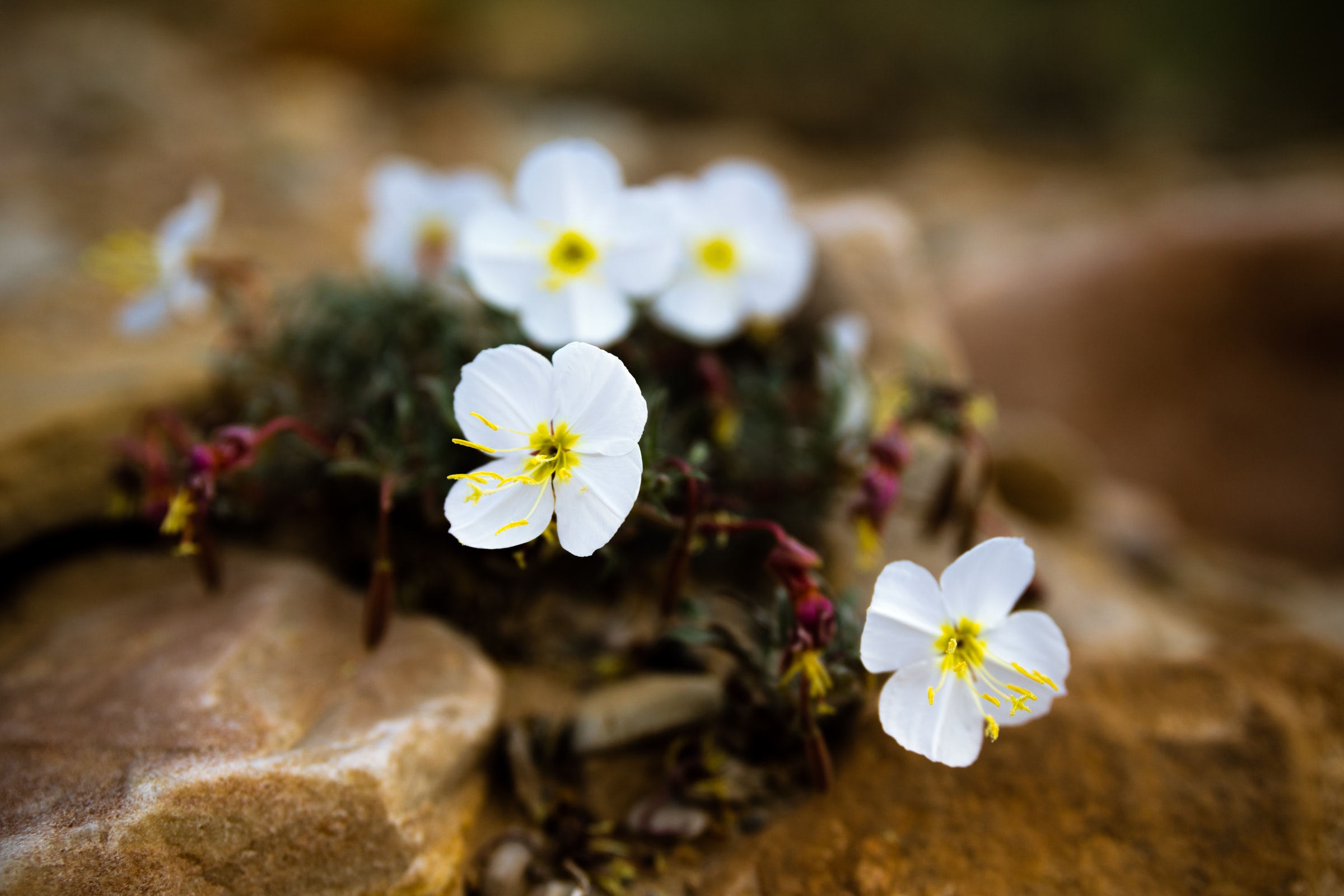
Anything to be worries about?
Beware of toxic flowers and flowers from unknown sources. The best solution is to have edible flowers from your cultivation. Then you can be sure that they are clean, fresh, and free from pesticides. Most edible flowers are best harvested fresh, just before eating. Growing your own flowers allows you to experiment and enable you to surprise your dinner guests – the colorful flowers they have seen in your garden are also on their plates afterwards!
What we love from Amazon this week
Buy these wonderful flowers directly from Amazon:











